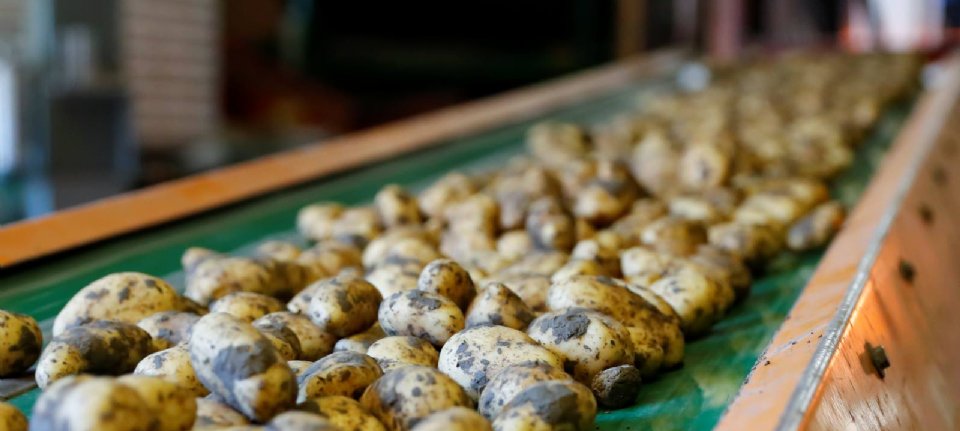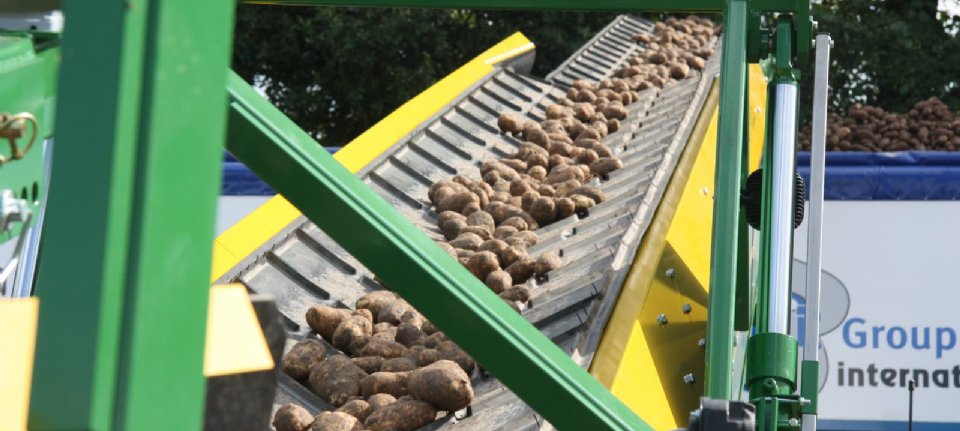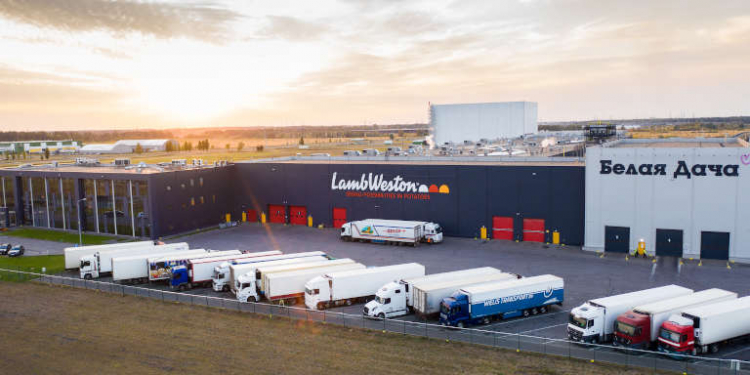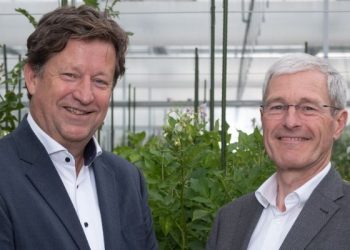There will be a healthy demand for potatoes in the coming years. The annual growth of the processing industry of 5 percent continues. On the other hand, expanding acreage in the Netherlands is hardly possible and a higher yield per hectare is hardly feasible.
This was stated by Dirk van de Water, the buyer and seller of consumption potatoes from seed potato trader Q-potato, in a webinar by cultivation specialist Van Iperen. In it he discussed the future prospects for the potato grower and the development of the sector in recent years.

Van de Water indicates that the potato area in the EU-4 will increase from 400,000 hectares in 2012 to possibly more than 500,000 hectares. This concerns Belgium, Germany, France and the Netherlands. The increase represents a growth of 25 percent in ten years. Nevertheless, the Q-potato employee expects that the acreage in the Netherlands will shrink rather than increase in the long run.
‘Shrunk is partly because arable farmers have to cultivate more extensively,’ explains Van de Water. According to him, the current intensive cultivation also affects the hectare yield. ‘That’s the biggest stumbling block. Due to the enormous growth of the processing industry, cultivation has become more intensive.’
Falling trend potato yield
The buyer and seller report that a higher yield in the EU-4 countries is difficult to achieve. The trend is precisely that the yield is falling. In 2010, the yield was still 47 tons per hectare, the hectare yield is expected to stagnate in 2022 at 44 tons. Van de Water: ‘The weather of past seasons also influences the negative trend.
‘• Read also: CBS lowers yield figures for onions and potatoes
The hot summers in 2018 and 2019 certainly cost revenue. Temperatures between 35 and 40 degrees Celsius do not attract the crop for a few weeks. In addition, irrigation is not possible everywhere, such as in the saline areas in Zeeland.’
Nevertheless, the potato processing industry continues to grow, expects the buyer and seller. Not only in the EU-4 countries, but also in the United Kingdom. ‘The processing capacity is increasing by almost 5 percent every year,’ explains Van de Water. ‘In 2010, the capacity was still 12 million tons. I do not rule out the possibility that that number will approach 19 million tons in 2025. In two years’ time, 700,000 tons of extra capacity has been built in the EU-4 zone due to the corona pandemic.’
Significant increase in cost price
The Dutch Arable Farming Union (NAV) annually calculates the cost price for Dutch potato growers. This excludes irrigation costs and risk or margin in cultivation. This cost price was also discussed during the webinar.
NAV deduces from the figures that the cost price is increasingly moving away from the contract price. Where in 2010, the calculated cost price was ‘only’ 13 euros per 100 kilos, that amount is expected to rise in 2022 to 19.50 euros per 100 kilos. At 12 euros in 2010, the contract price was still close to cost. In 2022, the NAV will note an average contract price of 16 euros per 100 kilos.

- The Dutch potato processing industry will have processed 3.8 million tons of potatoes in 2021. That is 12 percent more than the year before and almost equal to the processed volume in the last year before the corona crisis.
- The French fries manufacturers and other potato processors used more than 323,000 tons of potatoes in December 2021. Ultimately, 172,000 tons of end product was made of this. It is remarkable that no less than 47.8 percent of the processed volume comes from potatoes that are supplied from abroad. In December last year, 293,000 tons of potatoes were processed. At that time the share from imports was 38 percent.
- Processing figures from the Dutch Potato Organization (NAO) and the Association for the Potato Processing Industry (Vavi) show that the processors have recovered from the severe corona dip in 2020. Last year a processing volume of 3.39 million tons was achieved. The 3.8 million tons of 2021 is almost the same as the processing level in 2019.
- What is striking about last year’s processing figures is that the processors will be running at a high capacity, especially from the summer. Incidentally, the total annual volume still lags behind the peak years for Dutch potato processing in 2017 and 2018. In both years, more than 4 million tons of potatoes were processed in the Netherlands.









